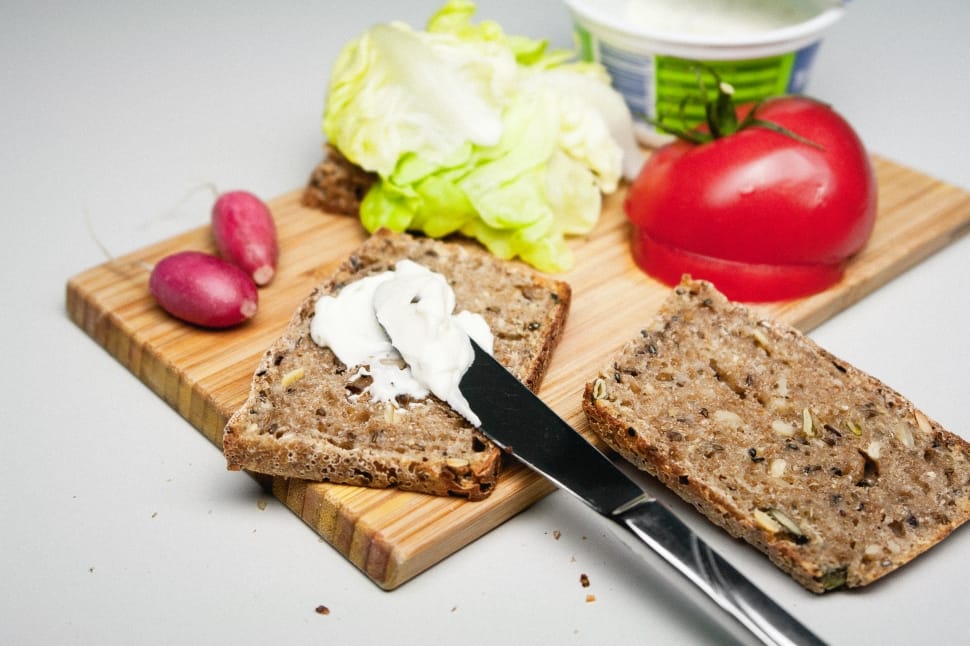Duke’s Mayonnaise can trace its roots to 1917 in Greenville, South Carolina. Founder Eugenia Duke developed a recipe for mayonnaise to add to sandwiches she sold to soldiers fighting in World War I. Eventually, the sandwich shop became an independent business – the Duke Sandwich Company – and Duke’s mayonnaise continued to be produced by new owner C.F. Sauer Company. Nearly 100 years later, C.F. Sauer Company is suing Duke Sandwich Company over alleged trademark infringement and trademark dilution. C.F. Sauer’s lawsuit claims other causes of action, including unfair competition, which fall outside of the scope of this article.
A Foundation in Trademark Law
The Lanham Act protects trademarks – any word, symbol, slogan, logo, design, etc., and any combination thereof, that serves to identify the nature and source of a particular product in commerce. A trademark is entitled to protection upon its use in commerce; however, trademarks are commonly registered with the United States Patent and Trademark Office. Whether a trademark is created by use or is registered, its owner gains protection against infringement – the use of the trademark, or of a symbol, word, phrase, etc. confusingly similar to the trademark.
Trademarks can have varying levels of distinctiveness – their ability to distinguish a brand and/or product from others. The degrees of distinctiveness are:
- Fanciful marks: invented words (e.g., Samsung or Adidas);
- Arbitrary marks: existing words that bear no relationship to the goods or services with which they are associated (e.g., Apple for computers);
- Suggestive marks: existing words that require imagination or thought to reach a conclusion as to the nature of the goods (e.g., PlayStation);
- Descriptive marks: words that convey an immediate idea of the ingredients or characteristics of the particular good (e.g., Windows for computer windowing software programs); and
- Generic marks: words that commonly refer to the type or category of good or service a product belongs to, thus not serving to distinguish its particular source (e.g., E-mail for electronic mail software).
Over time, a particular mark can migrate between the levels of distinctiveness, depending on its use and how vigilant the trademark owner is in its protection.
Famous trademarks, those commonly known to be associated with a particular product (e.g., the McDonald’s arches symbol), are afforded even greater protection. The Lanham Act protects famous marks against dilution – behavior by others in commerce that negatively impacts either the famous mark’s reputation or its distinctiveness.
Trademark Infringement
As stated above, a trademark owner is protected from infringing use. The success of a trademark infringement claim depends on several factors:
- Strength of the trademark: based on the distinctiveness levels discussed above;
- Proximity of the goods: whether the products are in direct competition or, alternatively, indirect competition;
- Similarity of the trademarks: how the two marks appear in sight, sound, and meaning;
- Evidence of actual confusion: typically demonstrated with survey evidence;
- Similarity or proximity of marketing channels: how the products are marketed and/or sold to purchasers, and whether the products will overlap in such efforts;
- Types of goods and degree of care likely to be exercised by the purchaser: how much caution and care the typical consumer engages in before making a purchase of a good of this kind;
- Defendant’s intent in selecting the allegedly infringing trademark: whether the alleged infringement was purposeful or inadvertent; and
- Likelihood of expansion of product lines by each company: whether the trademark owner plans to develop new products that would directly compete with the alleged infringer.
The Duke’s outcome will be difficult to predict. C.F. Sauer can argue that the Duke’s trademark (specifically the logo and particular fonts and color scheme) are highly distinctive, most likely arbitrary. C.F. Sauer can further argue that the allegedly infringement mark is extremely similar (both display “Duke’s” in gold script text, with a black circle as background, using yellow as a featured color). Additionally, the average consumer of a sandwich is likely not to expend significant time determining whether the sandwich shop is actually affiliated with the mayonnaise producer. However, Duke’s Sandwich can argue that the products do not compete directly and are not sold or marketed via similar channels.
Trademark Dilution
Dilution can occur in two (2) ways: dilution by tarnishment and dilution by blurring. Dilution by tarnishment occurs when the strength or reputation of the trademark is harmed because of the association arising from the similarity between the famous trademark and the new, allegedly diluting mark. This cause of action often arises when a famous brand seeks to challenge sales of counterfeit goods, which are often of lower quality. Dilution by blurring occurs when the distinctiveness of the famous trademark is impaired due to the association arising from the similarity between the famous trademark and the new, allegedly diluting mark.
Unless C.F. Sauer has concerns over the quality of product created by Duke’s Sandwich, it is likely the lawsuit will focus greater attention on alleged blurring due to the similarities between the trademarks and the potential for confusion among consumers.
If you have questions regarding a civil litigation matter, please call us at (704) 457-1010 to schedule a consultation. For more information regarding our firm, attorneys, and practice areas, please visit https://lindleylawoffice.com/.





